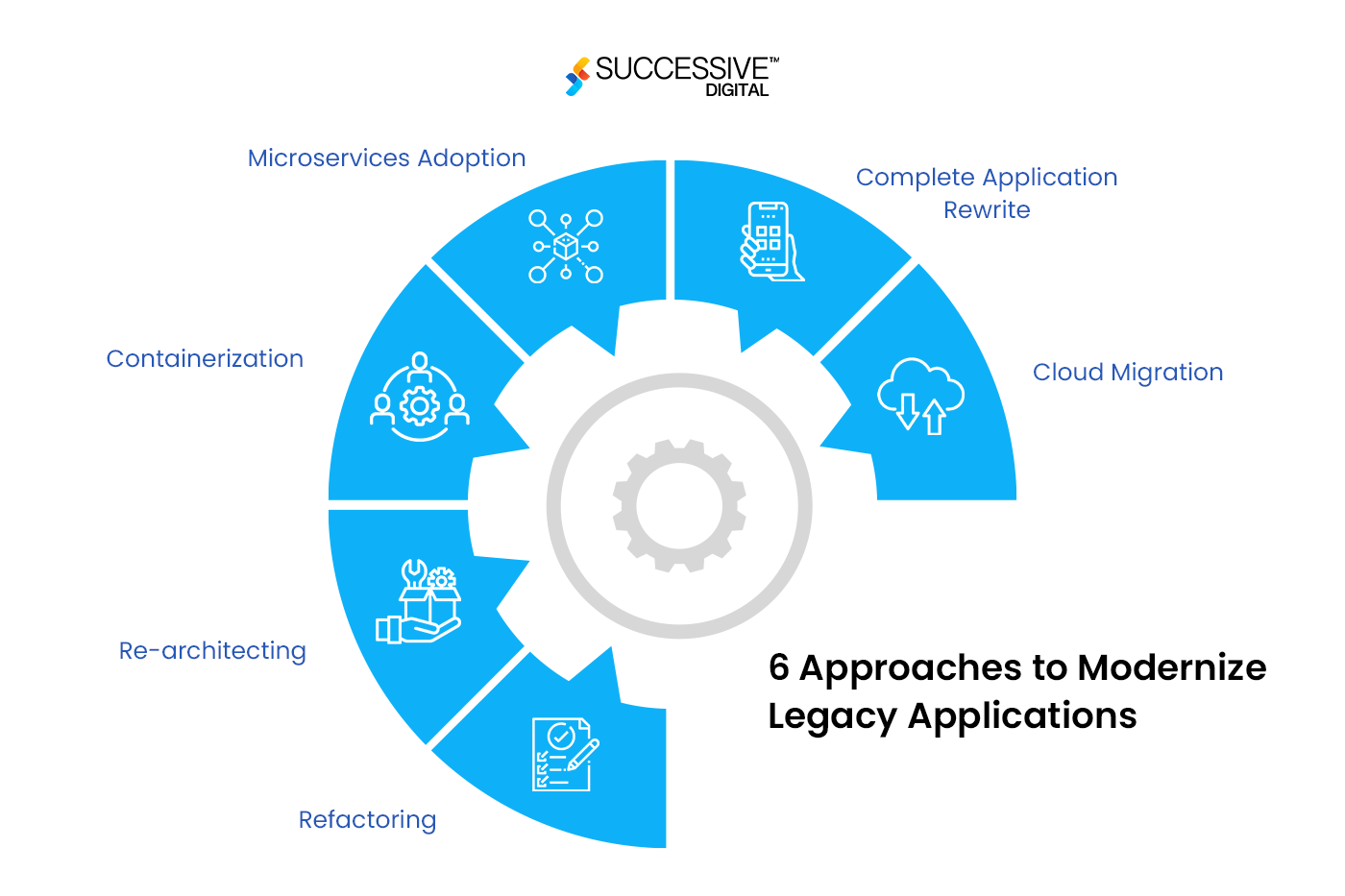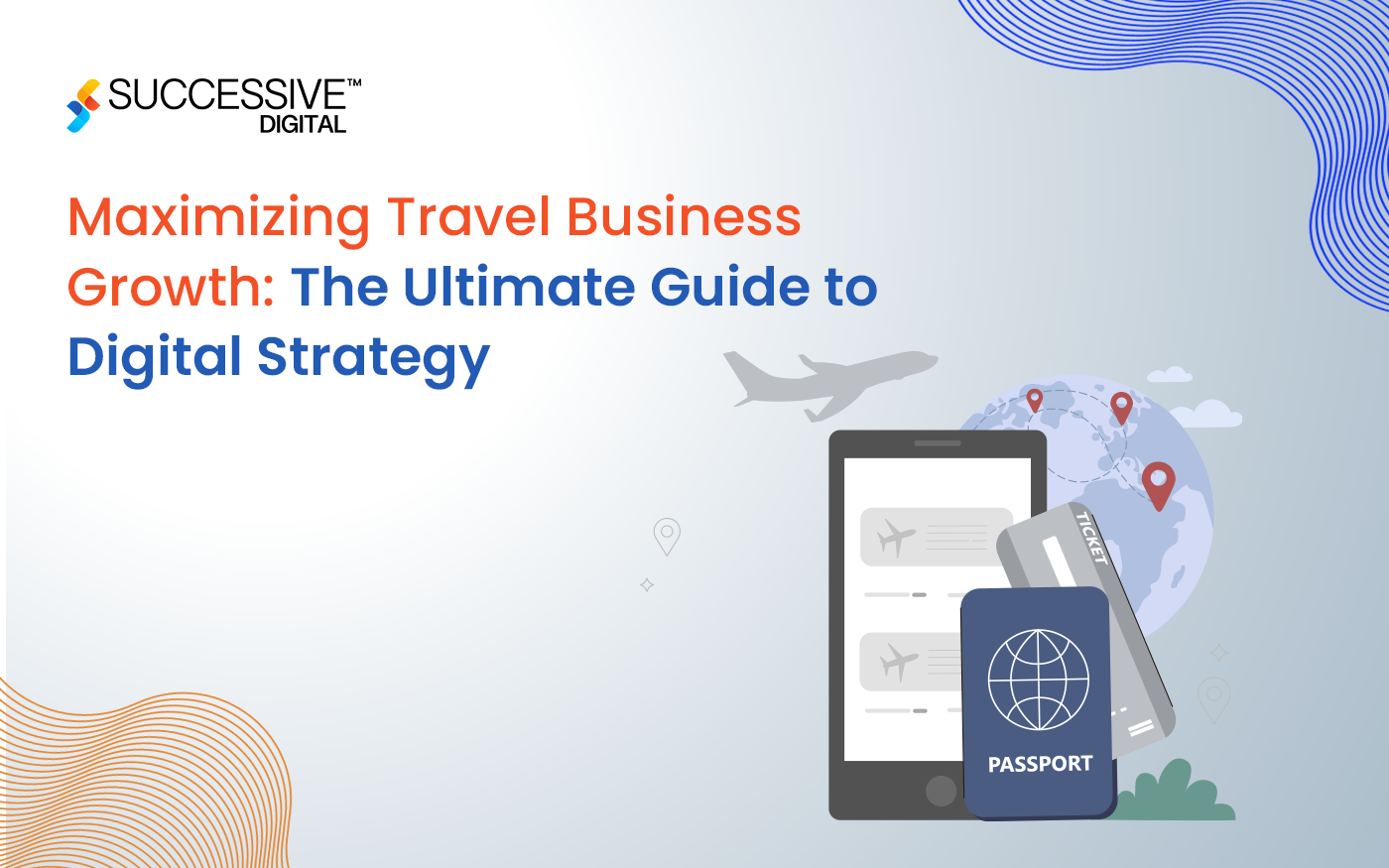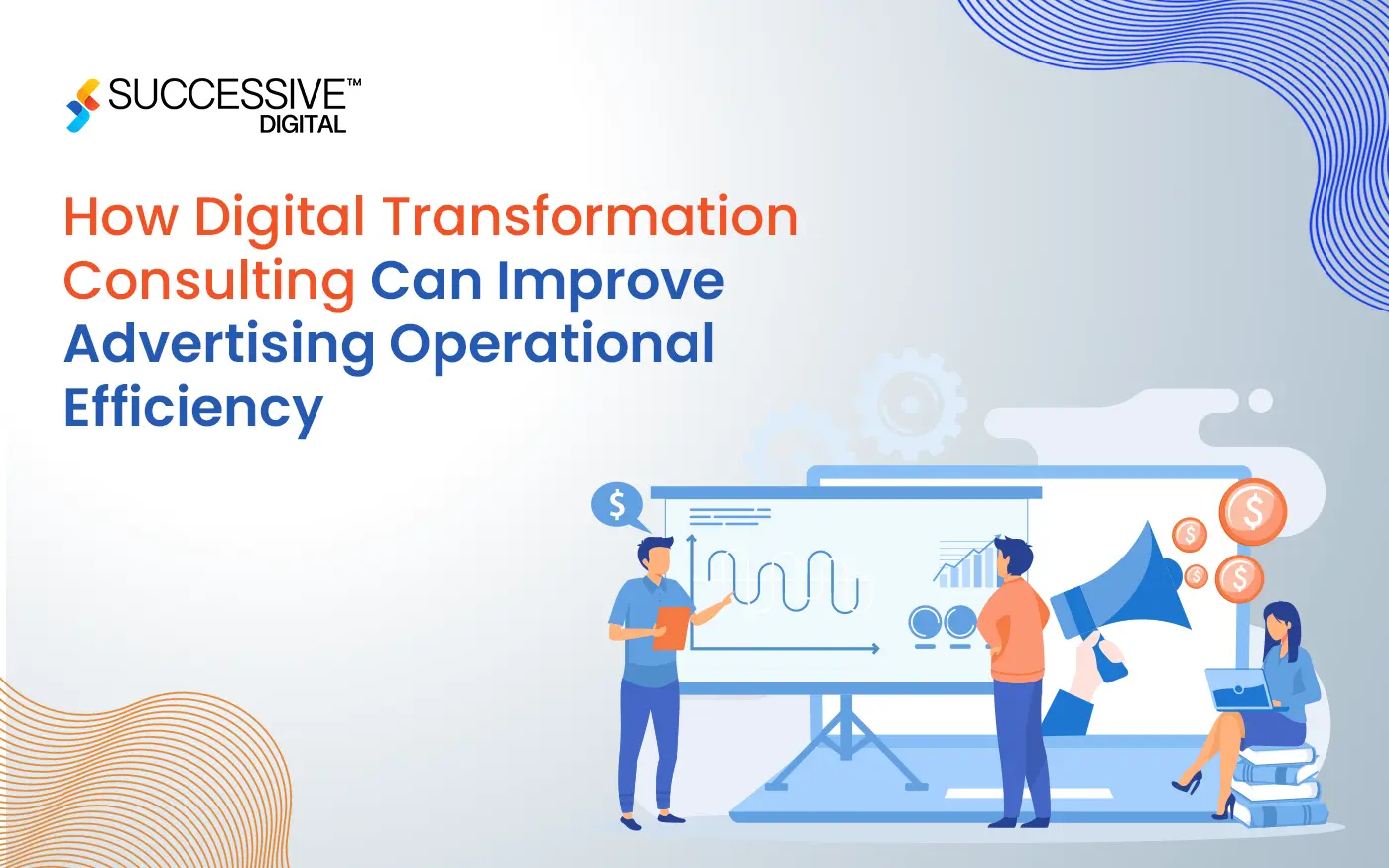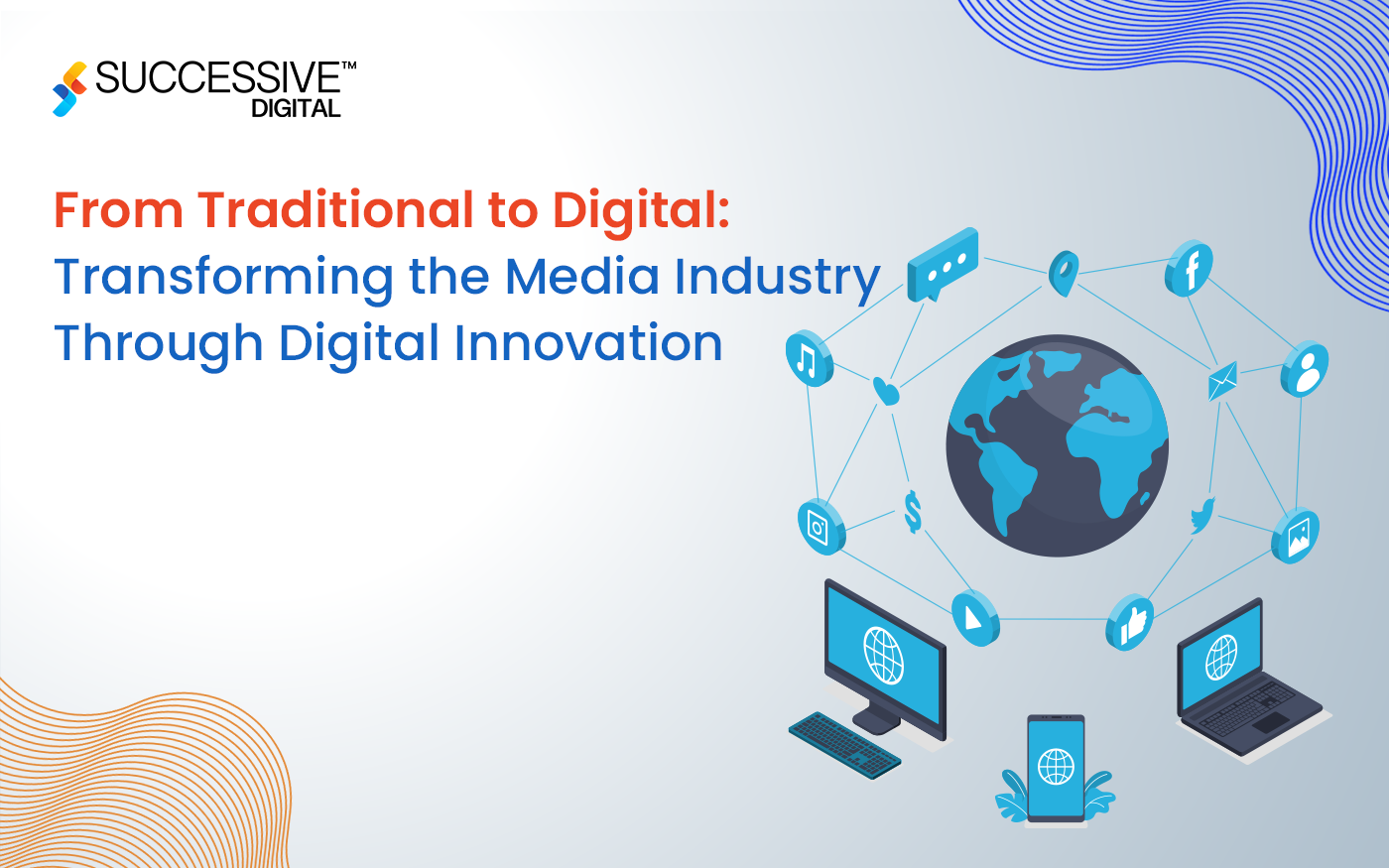Many organizations believe legacy applications impede the business activities and procedures that rely on them. Legacy applications increase dependency as they age but are more intricate to manage and scale. Many businesses cannot fully realize the potential of digital technology due to their reliance on monolithic applications. IT organizations that rely on obsolete applications frequently face challenges such as incompatibility, unnecessary maintenance costs, and, most critically, an inability to innovate to meet evolving digital business demands. This blog will guide you with six approaches you must know when modernizing your legacy applications.
What are Legacy Applications?
Legacy applications are software systems or programs an organization has used for an extended period. These programs are frequently old in terms of technology, design, and functionality, but they continue to be used to fulfill vital business operations. Understanding legacy applications requires knowledge of their characteristics, difficulties, and management solutions. Amidst technological advancements and the widespread adoption of digital transformation initiatives, businesses relying on legacy applications encounter numerous challenges.
Challenges that Come Along while Relying on Legacy Applications
-
Interoperability
Integrating legacy applications with modern systems or platforms presents significant challenges due to compatibility issues and differing data formats. This can impede seamless data exchange and hinder workflow efficiency.
-
Less or No Vendor Support
Most vendors no longer support outdated software. One possible explanation is that those aren’t available anymore. That means you need someone to assist you with troubleshooting issues. Third-party vendor assistance is possible, although it’s becoming less prevalent as technology ages.
-
Low Customer Retention
If not you, somebody else will provide your customers with the latest programs or features. And if your customers are accustomed to modern technology, they are unlikely to accept older approaches and technology and will most likely move to your competitor’s products or services.
-
Scalability
Legacy programs lack the scalability to meet the changing demands of current business environments. These applications are often created with outdated technologies and architectures that need help handling growing user loads, data volumes, and performance demands.
What is Legacy Application Modernization?
Legacy application modernization is the dynamic process of rehosting, re-platforming, or reworking outdated business technology for use in current contexts.
Modernizing legacy applications enables organizations to upgrade and enhance outdated technology systems to gain agility, increase operational efficiency, overcome technological scalability limits, and achieve optimal security.
Modernizing legacy apps allows your company to extract fresh value from aging applications by improving them with current capabilities and features. This is an intelligent technique for making legacy technology systems compatible with newer current alternatives.
Legacy application modernization replaces out-of-date systems with more current cloud applications and solutions. It may also entail implementing new solutions to overcome obsolete processes, such as replacing legacy programs or transitioning to an entirely new way of developing and deploying applications.
But how would you know your legacy applications demand modernization?
Here’s how you get signals for modernizing your legacy applications.
When to Modernize: 5 Red Flags Your Applications Give
Determining when to update your applications is essential to preserving efficiency and competitiveness. The following five warning signs suggest that it might be time to consider modernizing:
-
Outdated Technology Stack
If your applications are based on legacy technology stacks that are no longer supported or not interoperable with new systems, they can limit your capacity to innovate and meet industry standards. Advanced technology can improve performance, allow integration with other systems, and future-proof your applications.
-
Difficulty in Scaling
Your applications’ inability to handle growing user bases or higher demand is a dead giveaway that your current infrastructure/ applications might need to be more scalable. Using scalable architecture in your modern apps, like microservices or cloud-native solutions, may provide smooth scaling to accommodate changing business requirements.

-
Security Vulnerabilities
Due to unpatched vulnerabilities and antiquated security procedures, outdated programs are more vulnerable to security breaches and cyber threats. To safeguard sensitive data and uphold regulatory compliance, modernizing your apps may entail putting strong security measures in place, using encryption technology, and keeping up with security patches and upgrades.
-
Poor User Experience
Slow performance, frequent downtime, or a lack of intuitive user interfaces can cause user discontent and influence customer retention. Modernizing your applications with responsive design, intuitive navigation, and optimal performance can greatly improve the overall user experience, increasing engagement and satisfaction.
-
High Maintenance Costs
Due to antiquated infrastructure, license fees, and ineffective processes, legacy apps frequently need substantial maintenance and have high running expenses. Modernizing your apps over new infrastructure and architecture design will help you save money and increase productivity by automating repetitive tasks, streamlining operations, and lowering maintenance costs.
6 Approaches to Modernize Legacy Applications
Modernizing legacy applications helps organizations keep pace with changing business environments, adopt better technological improvement methods, and deliver improved customer expectations. Here are six ways to modernize your legacy applications:
-
Refactoring
Refactoring is the process of gradually improving the current codebase without changing how it behaves from the outside. This method concentrates on reorganizing the code while maintaining functionality to increase readability, maintainability, and scalability.
Key Steps
- Locating and eliminating anti-patterns or code smells that impair performance and maintainability.
- Simplifying intricate functions and algorithms to improve the readability and effectiveness of the code.
- Dividing large, complex codebases into smaller, easier-to-manage components.
- Implementing best practices, design patterns, and contemporary coding standards to adhere to industry norms.
Benefits
- Lowers technical debt by simplifying and enhancing the quality of the code.
- Improves maintainability, making it simpler to incorporate new functions and address errors.
- Enhances scalability and performance, enabling the application to manage growing workloads more effectively.
-
Re-architecting
Re-architecting is the process of reworking the application’s architecture to overcome drawbacks and restrictions related to the current architecture. This strategy aims to increase performance, scalability, and flexibility by reorganizing the infrastructure, deployment model, and application parts.
Key Steps
- Carrying out a comprehensive analysis of the current architecture to find problems, design flaws, and bottlenecks.
- Establishing a target architecture that complies with scalability specifications, technological advancements, and organizational objectives.
- Converting to a cloud-native architecture to take advantage of cloud computing platforms’ scalability, flexibility, and affordability.
- Utilizing serverless computing, event-driven architecture, and microservices as examples of contemporary architecture to increase modularity, robustness, and agility.
Benefits
- Adopts contemporary architectural patterns and cloud-native technologies to improve scalability and agility.
- Enhances fault-tolerant design concepts and component separation to increase resilience and reliability.
- Uses serverless computing and cloud services to lower infrastructure costs and complexity.
-
Containerization
Containerization puts dependencies into lightweight, portable units that can operate reliably in various settings. This technique makes application deployment and management easier by abstracting away the underlying infrastructure.
Key Steps
- Determining which dependencies and parts of the legacy application require containerization.
- Defining the dependencies and runtime environment of the application by creating Dockerfiles.
- Constructing container images with Docker and other containerization tools.
- Use container orchestration tools like Docker Swarm or Kubernetes to orchestrate containerized applications.
Benefits
- Encapsulates applications into transportable containers, simplifying application deployment and management.
- Allows for effective resource allocation and auto-scaling, which enhances scalability and optimizes resource consumption.
- This encapsulation enhances dependability and consistency by providing a standardized runtime environment for programs, making them function uniformly across various situations.
-
Microservices Adoption
Adopting microservices entails breaking up large, cohesive applications into more manageable, independently deployable services that interact through clear APIs. This methodology facilitates increased flexibility, expandability, and durability of the system by differentiating intricate programs into more manageable, smaller parts.

Key Steps
- Using domain-driven design principles and facilitating each service with its respective roles and boundaries.
- Breaking large, monolithic apps into smaller, more functionally cohesive units called microservices.
- Putting in place inter-service communication methods, including gRPC, messaging queues, and RESTful APIs.
- Deploying and managing microservices at scale by utilizing platforms for orchestration and containerization.
Benefits
- Allows separate service creation, deployment, and scaling, increasing flexibility and agility.
- Isolates failures to specific services, improving fault isolation and resilience.
- Let teams select the technologies that are best suited for each service, which promotes technological diversity and creativity.
-
Complete Application Rewrite
A full application rewrite entails starting from scratch with the most advanced development techniques, processes, and technologies to recreate the legacy program. While this approach offers the opportunity to address fundamental architectural flaws and eliminate legacy dependencies, it is also the most disruptive and resource-intensive method available.
Key Steps
- Look closely at the current application to comprehend its features, design, and constraints.
- Establishing precise specifications and goals for the new application while considering end users’ and stakeholders’ input.
- Deciding on suitable frameworks, technologies, and architectural patterns for the rewrite by the objectives and limitations of the organization.
- Progressively create and implement the new application while ensuring end users can continue receiving services.
Benefits
- Permits evolving architectures, development techniques, and technologies to overcome limitations.
- It allows the application to rebuild, enhancing its maintainability, performance, and scalability.
- Starts with a clean slate, minimizing past dependencies and technical debt.
-
Migrating Applications to Cloud
Cloud migration involves transferring legacy applications from on-premises infrastructure to cloud-based platforms like AWS, Azure, and Google Cloud. This strategic approach leverages cloud services and resources to provide scalability, flexibility, and resilience.
Key Steps
- Assess the current application’s design, dependencies, and compliance and whether it is suitable for cloud migration.
- Choose a cloud provider and migration strategy expert with the organization’s goals, budget, and technological requirements.
- Combine on-premises and cloud resources from different providers to improve workload mobility, risk mitigation, and resource usage.
Benefits
- Scale resources up or down according to demand, allowing the application to handle changing workloads more efficiently.
- Access diverse cloud services and resources, enabling enterprises to innovate and react swiftly to changing business requirements.
- Pay only for the resources and services used, eliminating the need for upfront infrastructure investment and lowering operational costs.
To learn more about Application Modernization, read our blog on- Application Modernization Trends in 2024.
How Successive Helps in Legacy Application Modernization
Let’s understand how Successive transformed UDoTest’s Healthcare Platform and modernized legacy applications for Next-Gen Technology and Enhanced At-Home Screening.
The digital healthcare industry has rapidly evolved. UDoTest is a MedTech-based healthcare service revolutionizing at-home screening. By empowering employers to facilitate medical screenings directly from their employees’ homes, UDoTest is leading the charge in promoting convenient and accessible healthcare solutions.
Udotest was looking to modernize its legacy applications into next-gen technology platforms. Successive stepped in to streamline their business processes and standardize the applications to redefine the at-home screening experience.
One of the biggest challenges was implementing a platform managing rigorous 20+ quality control labs testing procedures for COVID. Successive overcame this challenge and transformed UDoTest’s healthcare platform by migrating its system from a single instance to a standard tier-based architecture.
The infrastructure was hosted on AWS cloud comprising Amazon S3, ELB, EC2, RDS, Aurora, Amazon Shield, CloudWatch, and CloudFront, along with MySQL, Redis, Celery, HL7, and InterSystems Iris. Successive’s platform ensured better security, compatibility, and high flexibility to expand its market reach to more geographies faster without worrying about regulatory policies and compliance.
Today, we are proud to share that UDoTest uses its global presence through AWS cloud solutions. Improved security, performance, and availability lead to significant client cost savings. UDoTest is rapidly growing into new markets while adhering to regulations.
Conclusion
Legacy application modernization is about leveraging modern technology and architecture to update and optimize your technology infrastructure, ensuring it meets your company’s specific needs efficiently and cost-effectively. All application modernization options provide similar benefits: reducing the in-house server footprint and associated costs, such as networking, computing, storage, and backup; improving agility, speed, scalability, security, and reliability; and making expenses more predictable.
Modernizing your legacy applications will significantly enhance your company’s performance and drive innovation, yielding substantial long-term benefits. Modernization allows your outdated software to provide greater functionality, increase efficiency, and improve user experience. As a result, your organization can run on the technology that currently meets its demands.
Modern technology can replace antiquated legacy applications, improve process automation, increase revenue, and make greater use of technology investment. Then what are you waiting for? Modernize your legacy applications today!












